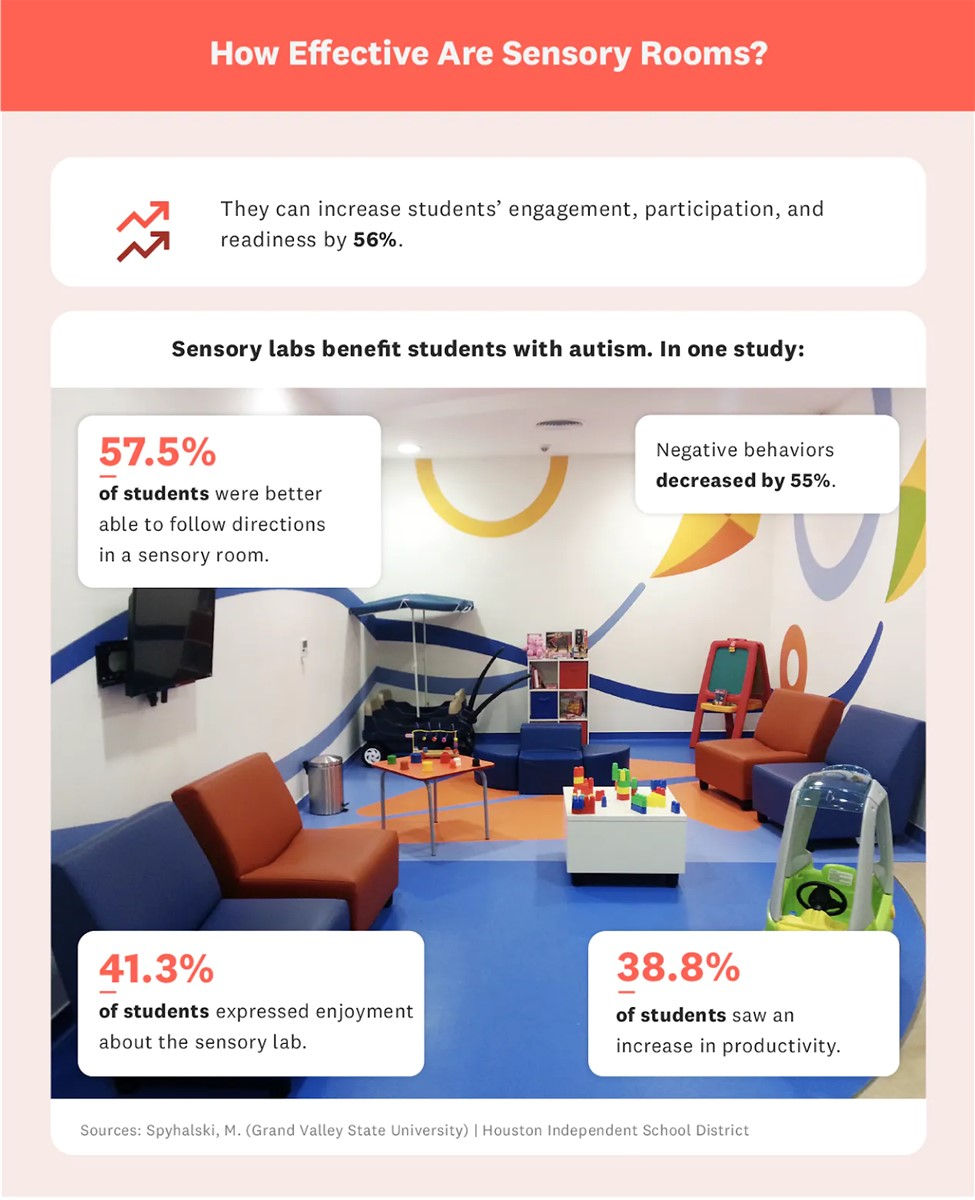Enriching Your Child's Sensory Environment within Their Typical Routine
- Susan Donohoe

- Oct 19, 2017
- 4 min read
Updated: Jul 22
Routine
When addressing the sensory needs of your child it is important to be under the guide of professionals with a strong working knowledge of Sensory Processing, Sensory Pressing Disorder, and its effects on the child’s responses and self-regulation. Understanding what sensory stimulation causes what neurological effect, the child’s neurological thresholds, and the support of neural plasticity, is the basis for Implementing Sensory enriched environments that are individualized.

The need for a “Sensory Diet” is often discussed. (Sensory Diet is a “prescribed” group of sensory geared activities scheduled into the child’s day to help with adaptive responses, attention, socialization etc.) http://www.sensorysmartparent.com/sensory-diet
We recognize how stressed and overwhelming a day can be for any parent much less the parent of a young child with significant Sensory Processing Issues. Embedding sensory rich activities into your child’s regular routine is a great way of enriching their environment. Remember to follow up with your professional and provide feedback. Remember pairing sensory stimulation can greatly enhance their effect.(example; olfactory plus deep pressure tactile etc.)
Here are some great examples of enriching your child’s typical routines. Remember sensory enrichment must be geared to the child’s individual need and suggestions should be discussed with your professional and constantly monitored and tweaked as needed.
Hugging:
Hugs can happen anytime during the day when you are with your child. Anytime you greet your child or before they transition to their next activity. Enhance hugs with a quick firm rubbing on their back and place a scented cream or spray on your neck or collar.
Eating:
Consider the fun of Letting you child blow a kazoo, whistle, etc. to alert that it is meal time. J Warm up with a clapping game and consider playing instrumental music in the background, sit on a wiggle cushion, or use a weighted lap pad. Use straws for oral sensory input sucking different thicknesses (liquid, jello, shakes). Allowing young children to eat finger foods on their own enables them to differentiate between textures and tastes. Explore the use of different utensils. Helping with food and table preparation for mealtime (pulling out the chair and setting the table, food preparation, stirring, smelling, making choices) can all help develop their motor planning skills as they receive enriched sensory stimuli.
Bath time activities: The use of tactile and fidget toys along with bath bombs and pleasant-smelling bubble bath soaps all help enhance their sensory experiences. Toys can include blowing bubbles through a straw, sponges, measuring and pouring, bath crayons and shaving cream, and so much more. Use a gentle sponge to scrub the child clean.Then, give them a soft but vigorous rub with a heated towel to dry them off.Alternately, wrap/roll them up in a towel and pick them up. All of these movements will help a child receive important tactile, vestibular, and proprioceptive sensory input.
Constructive play time:
Allow your child to play with blocks, building games, teaching toys with enhanced visual and auditory stimuli. Also provide opportunities for vestibular and proprioceptive input such as crawling games, toy bowling, making tents, and vertical surface activities(drawing on windows with appropriate utensils), and reaching games as a few examples. This is also a great time to get siblings involved and explain what is important within the activity.
Reading time:
Create a calm atmosphere for reading. This can include the gentle rocking motion of a rocking chair, laying on their back on a pile of pillows, or in an enclosed space such as a bed tent or tee-pee while using a calming weighted blanket. Using scented essential oils or diffusers can also add another sensory element to reading time.
Washing hands:
This everyday task is great for enhancing sensory input. The use of a scented soap for gentle scrubbing and firm rubbing with atowel are also great sensory stimuli. Sing a song and have the child smell their clean hands after hand washing.
Car rides:
Determine if movement and motion of car rides is calming or upsetting to the child’s vestibular system. If disturbing, provide enhanced proprioception such as a weighted blanket or lap pad, and squeezing soft fidget objects. Add calming music or their favorite familiar music. Encourage the child to use vision to see where they are going and pad up their car seats safely and appropriately to enhance pressure stimulation. These suggestions also help with transitioning any child.
Dressing:
Consider picking out clothes the night before, place 2-3 options for the child to choose. Vigorous rubbing on the arms, hands, legs before dressing, you can adda scented cream. Sing a short song and perform some simple activities such as jumping stretching, wiggling etc.
Bedtime:
Find a routine that works for you. Have all your alerting activities (teeth, dressing, snacks, etc.) completed with time to relax and calm before bed. Dim lights before bed, quiet down TV before bed, sit with weighted blanket, back rubs, lavender spray on the pillow, rocking, reading with your child, consider placing the bed along one wall, consider bed tent.
Teeth brushing:
The mouth is a significant area to provide sensory stimulation.Providing opportunities to “get ready” such as lip-smacking games, blowing bubbles in water with a straw, quick firm rubbing of mouth with wash cloth, vibration toothbrush, add flavor to toothpaste, aromatic essential oil drop placed under the noise, and/or brush to a tune or hum a simple song.
Products You May Like:



